Malerie Marder
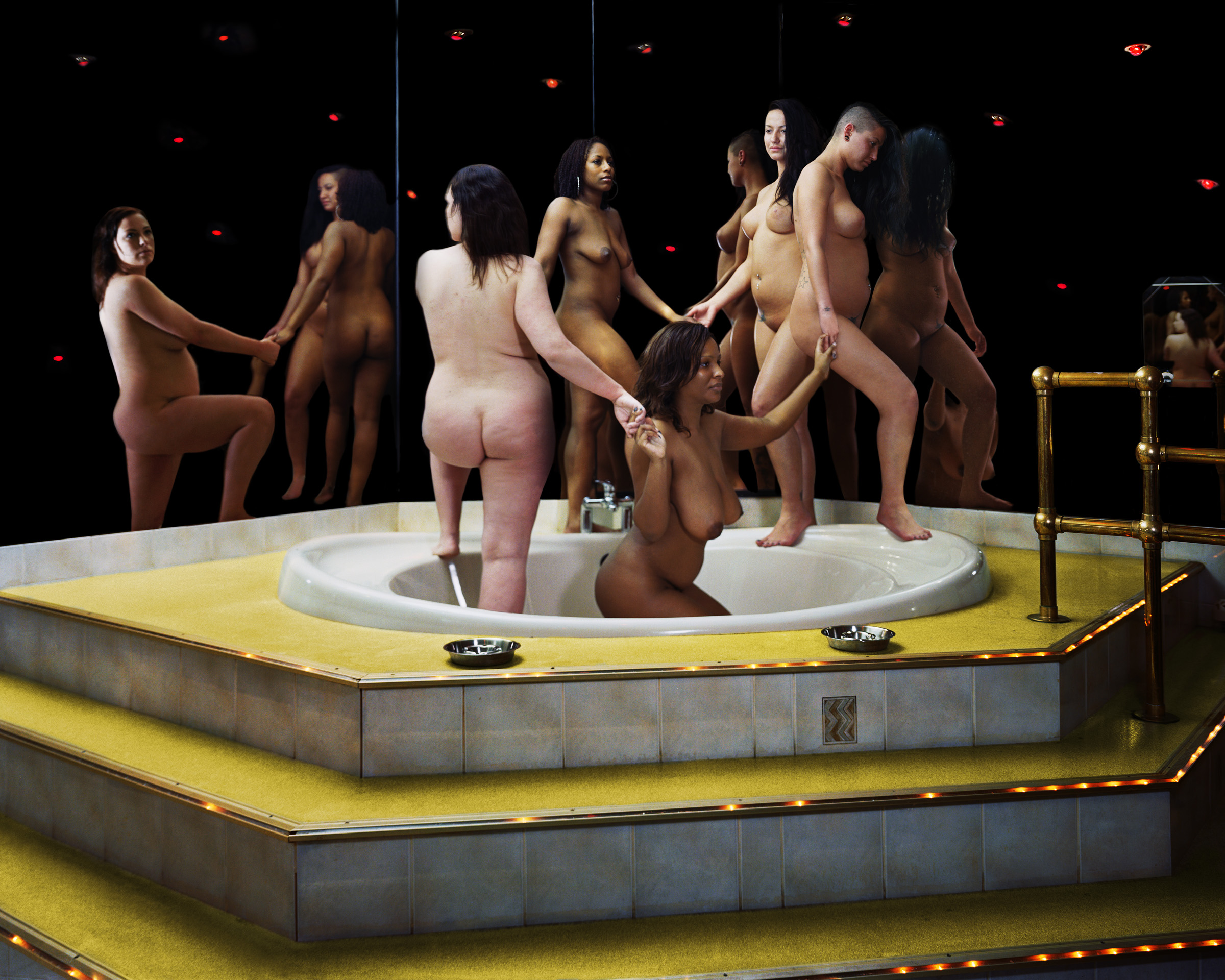
“We only have a short time on this planet and it’s impossible for me not to be in touch with people’s pain… So maybe I’m celebrating people’s vulnerability and softness”
If Malerie Marder is something of a voyeur, her subjects are never unaware that they’re being viewed by the photographer, her camera and us, the audience. In fact, the subjects of Marder’s intimate work often know the photographer intimately herself. In Carnal Knowledge, a body of work published in 2011 spanning ten years, Marder photographed family, friends and herself – usually in a state of total undress, often in seedy motel rooms or within the interiors of suburban Middle America. Despite the voyeuristic quality that exudes in her work, Marder somehow pulls back from an overtly sexual image. Perhaps this is because of a mundane, yet alluring, encounter the young Marder had, as a photography student under Stephen Shore’s direction at Bard College in the early 1990s – one which would define her future practice. Marder was invited to photograph a family friend engaging in an illicit affair with a married lover in a hotel suite, using the techniques she’d just been learning at college. But if the lasting impact of that first commission speaks to the mise-en-scène of the photographer’s work now, so does the fact that the lover, after the affair ended, demanded for the negatives afterwards. “I’ve been trying to re-create those pictures ever since,” Marder told Artforum in 1999, “simply because they were worth burning.” Naturally then, some of Marder’s images verge on the erotic – capturing a moment that feels, as the viewer, like an intrusion. As the photographer tells NR, there’s always something of a mystery within her work, where it’s not always quite clear what is going on.
But Marder’s work is never accidental, and often staged. This is most obvious with pictures that seem to make direct reference to art history; take Bath House (2001), for example, in which a scene of (majority male) nude bathers are positioned in such a way to recall one of Paul Cezanne’s paintings of bathers from the late nineteenth century. More recently, Marder’s second body of work, Anatomy (2013), plays with art historical references for different effect. The series, taken over four years, sees Marder photograph sex workers in Rotterdam, positioned in different settings within the private spaces in which they work. If Anatomy captures an intimacy like Carnal Knowledge, it’s less the fact that we feel like we’re intruding on a private scene, than a behind-the-veil glimpse into the lives of these women – the spaces they occupy, the relationships they make with one another, Marder, and the camera’s lens. In one image, Marder’s subjects are positioned in a way that recalls Henri Matisse’s La Danse (1910) – but if that painting has a joyful lightness to it, Marder’s photograph, in response, is more grounded. And perhaps that’s where the essence of Marder’s work lies; between the emotion that the sight, or the thought, of the nude body evokes, and the candid nakedness that we really see.
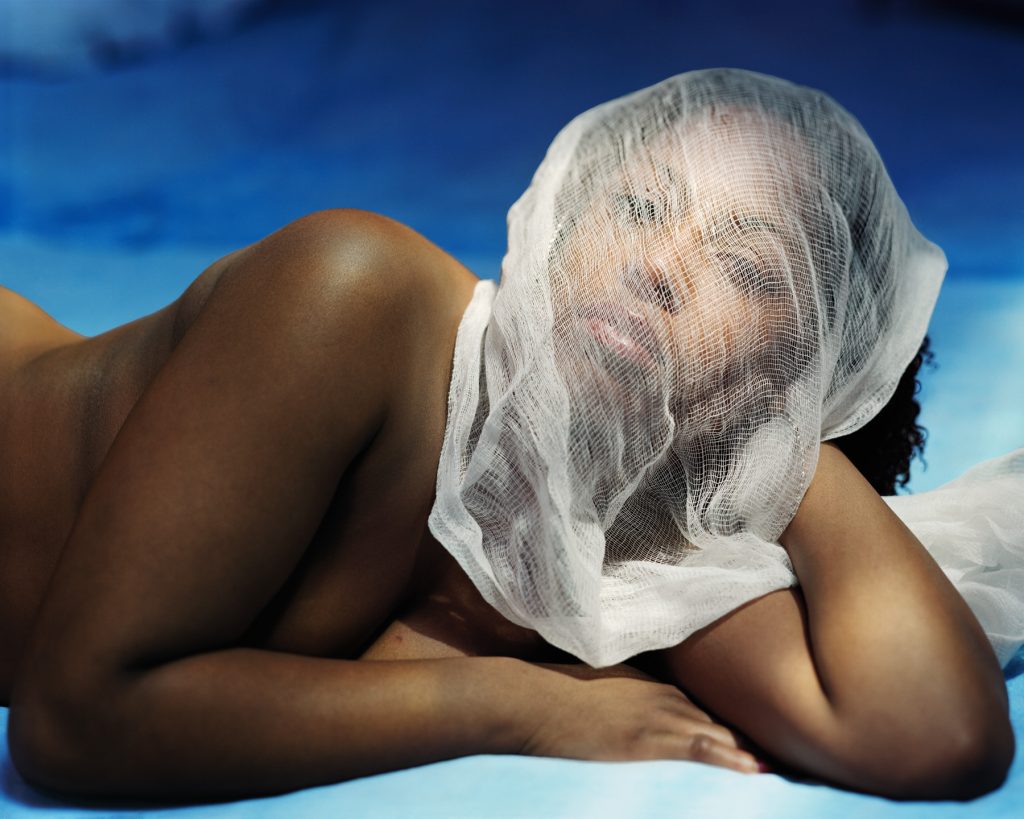
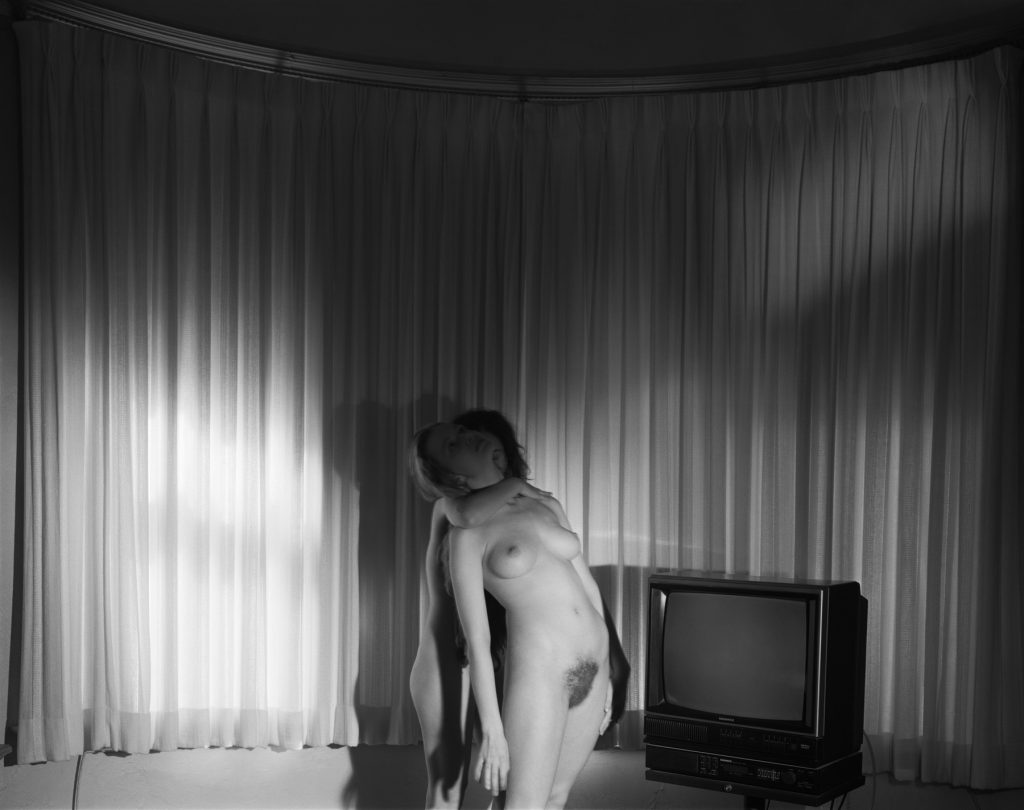
NR: Since that first encounter, shooting a family friend and her partner, (how) has your approach to photographing changed?
MM: I think that first encounter showed me what an illicit affair actually looked like. Those are the moments I centred on – the explosion of emotions, the secrecy, the desire — the fact that I was actually able to capture that when I was in the whirlwind of what was unfolding showed me I could perform under pressure. I think my set ups have become more tactile and I can more easily identify what I’m looking for, but the more comfortable I become, the more I push myself. I try to transcend what I’ve done. There’s always resistance, both externally and internally, but this is universal. This is not just endemic to me.
NR: How do you negotiate with your subjects when taking their photograph? How much is staged by you, and by the subject themselves?
MM: I decide on the setting and then we both figure out what comes next. Some of it is more choreographed by me, but usually I end up capturing an aspect of them that is revealed.
“It’s like writing — you have a sense of what you want to say but you haven’t yet written the words.”
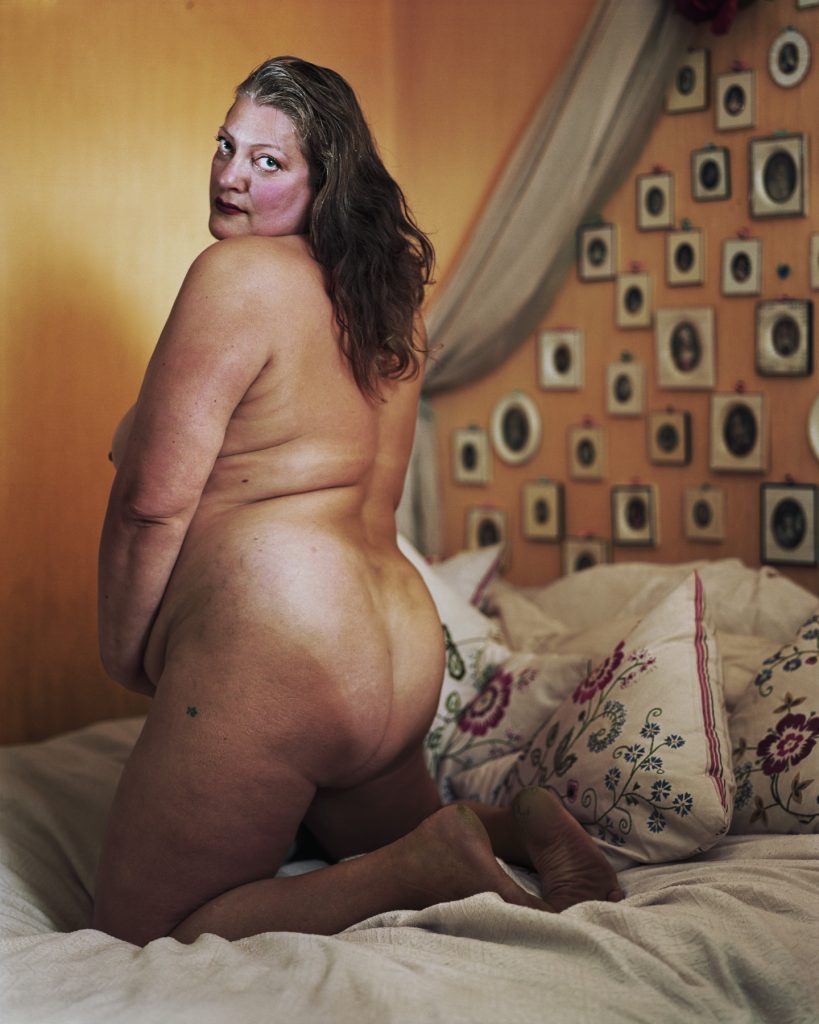
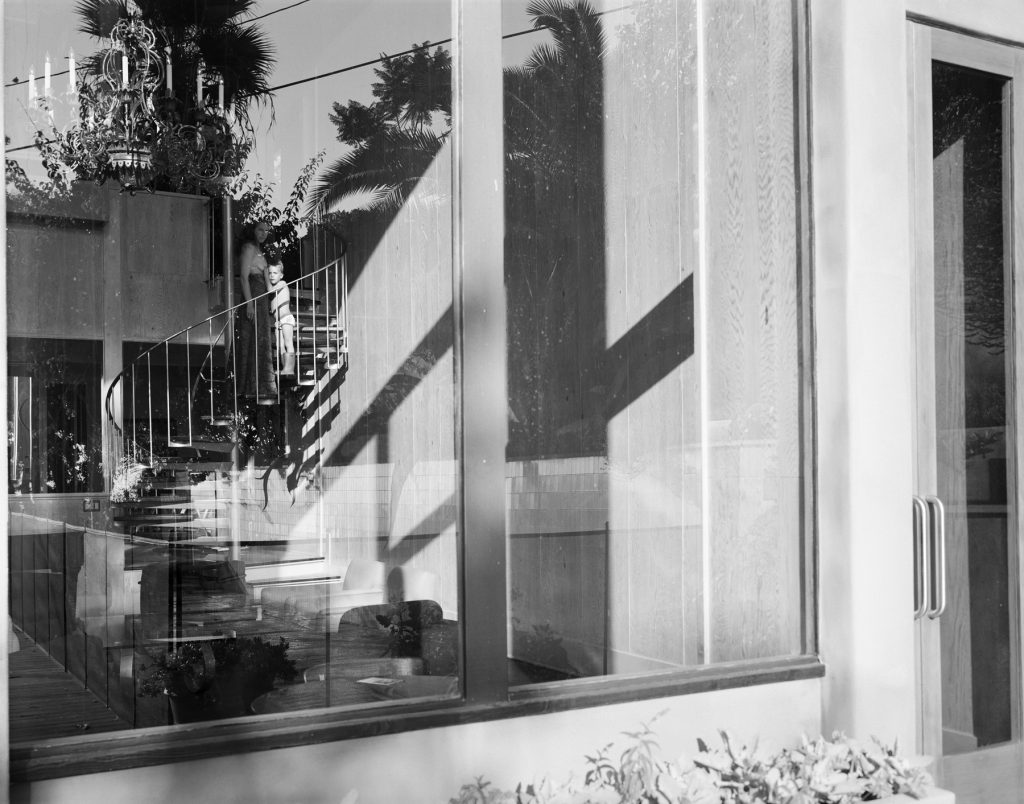
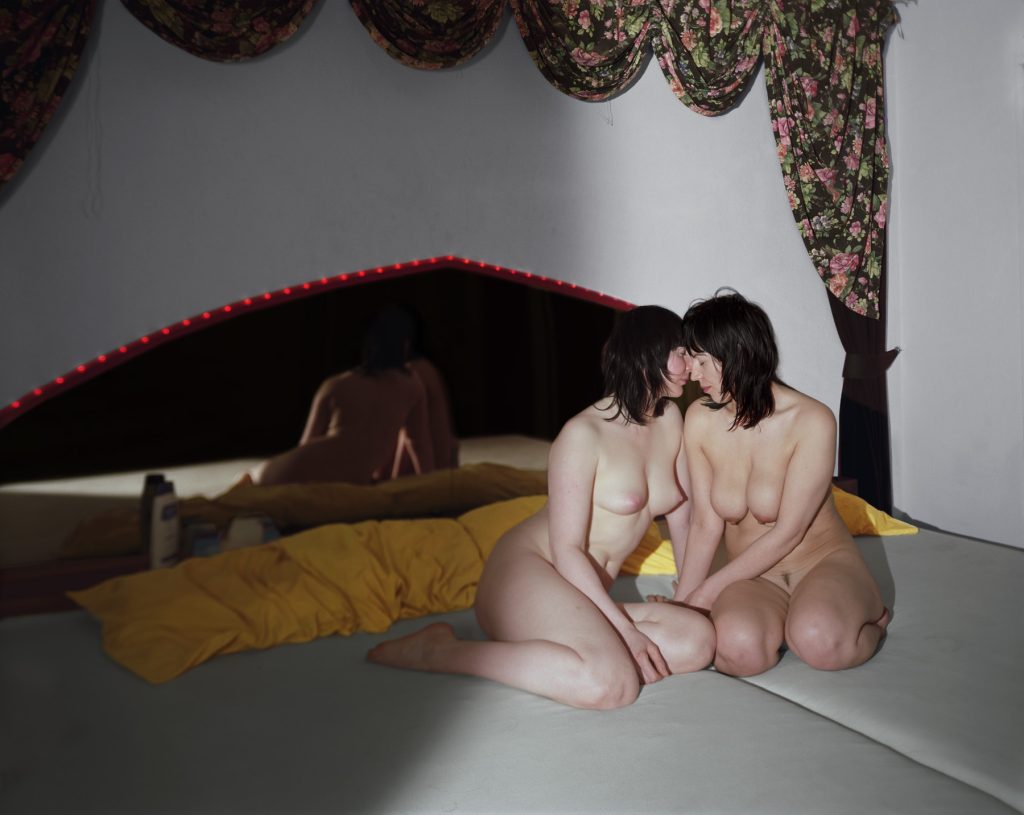
NR: What informs the setting in which your subjects are photographed? Do you choose a location depending on the subject, or vice versa?
MM: Both — sometimes I’ll see a place and wait for the perfect person to match that character, or I’ll meet someone and try to hone in on where I should photograph them. I find people are more fascinating than most places, so settings are harder to procure.
NR: How does ‘celebration’ tie into your work; if you were to ‘celebrate’ something, what would that be?
MM: That is a genuinely a fascinating question. I like the idea of celebrating people’s beauty. I’m a fanatic about light and I like there to be a certain mystery — I feel both create a kind of romanticism, even if it’s on the melancholy side. But that does not mean it is any less of a celebration. We only have a short time on this planet and it’s impossible for me not to be in touch with people’s pain… So maybe I’m celebrating people’s vulnerability and softness…
NR: Something that has been said of the Anatomy series is the lack of ‘you’ being in the work; how important is it to have a relationship with your subject, and is it important that there is an element of “self-portraiture” in your photography?
MM: It’s only important when I’m purposefully playing a part in the picture. Often times, I end up being in the picture and I’m just part of the shadow… helping the image along, but then there are times where it is more compelling for the viewer to know it is me.
“Self-denial plays a large part of what I do; I sincerely doubt I am in any of my pictures.”
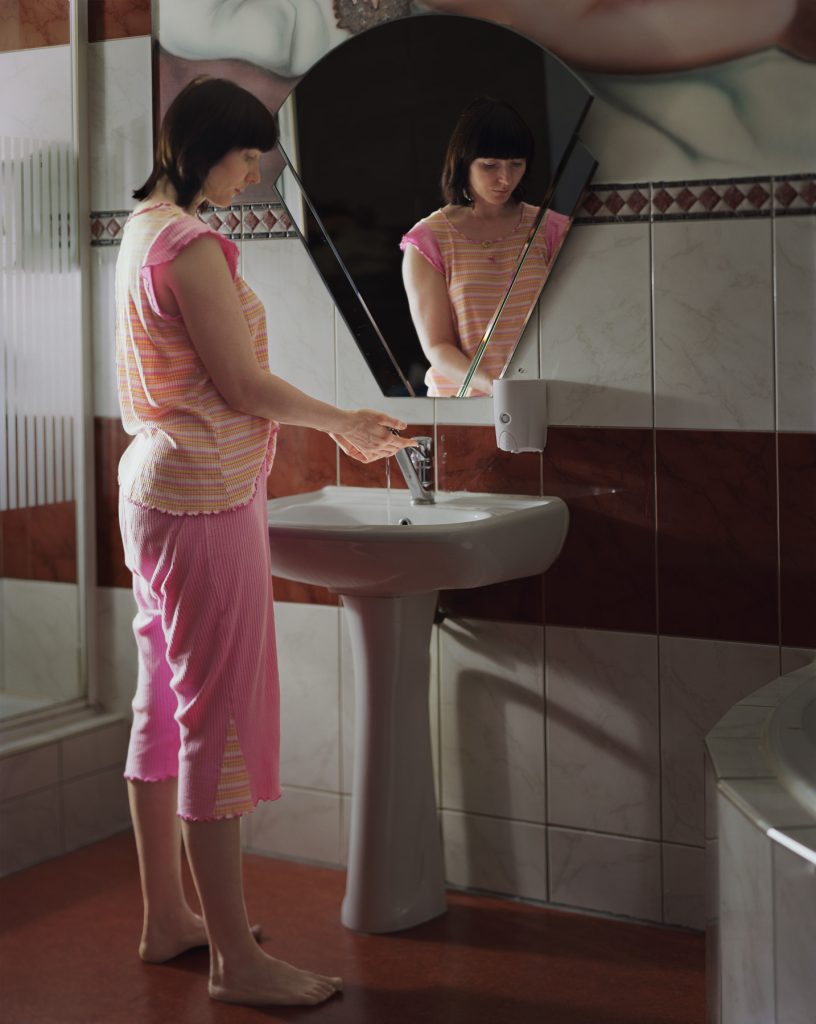

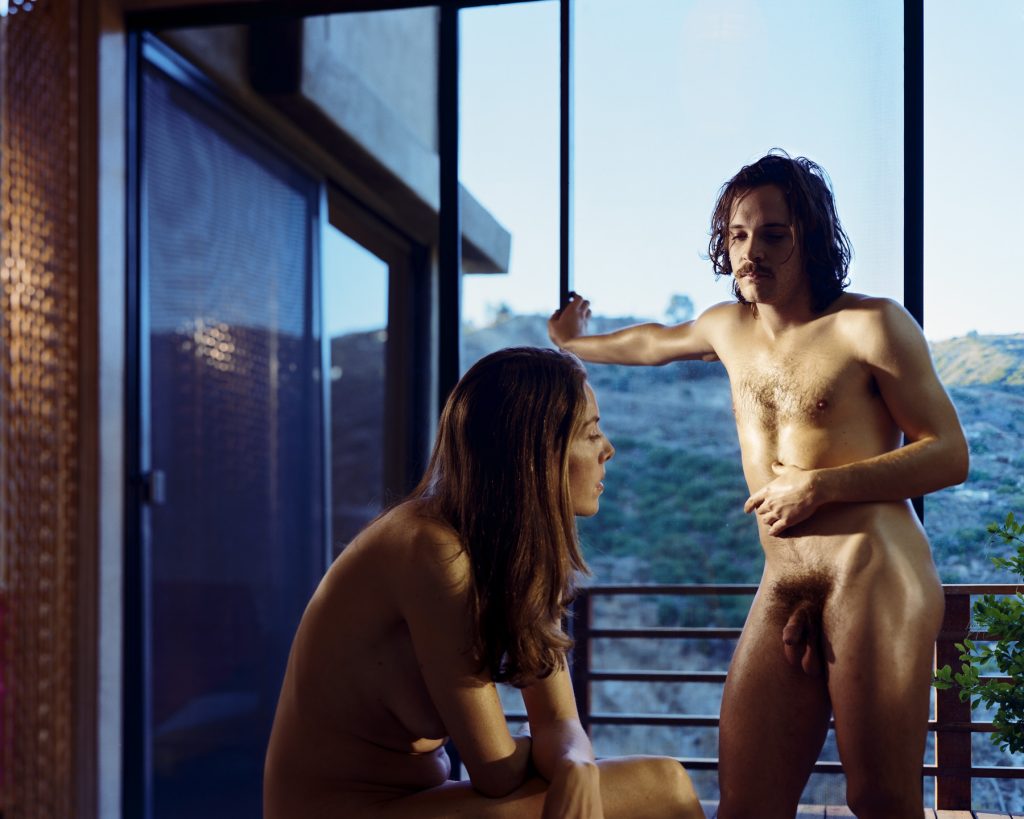
NR: In terms of creating an image, how does colour (or its absence) play into your work?
MM: It plays a big role. For me, black and white is more like a sensual memory and colour is closer to present tense. So, when I try to create a dream-like state, I find it easier to say it in black and white. I still attempt to do this in colour as well. I group images by colour, and certain colours mean certain things — or elicit certain emotions or feelings. I try to saturate as much colour into an image as possible even if it borders on garish. A little like how Douglas Sirk filled his compositions in “Imitation of Life” with flowers — one long funeral. I am not sure what the saturation of colour means, but I think it is my attempt to overwhelm reality with as much beauty as possible — otherwise the darkness creeps in. You can still see it, of course.
Credits
Images · Malerie Marder
https://maleriemarder.com/